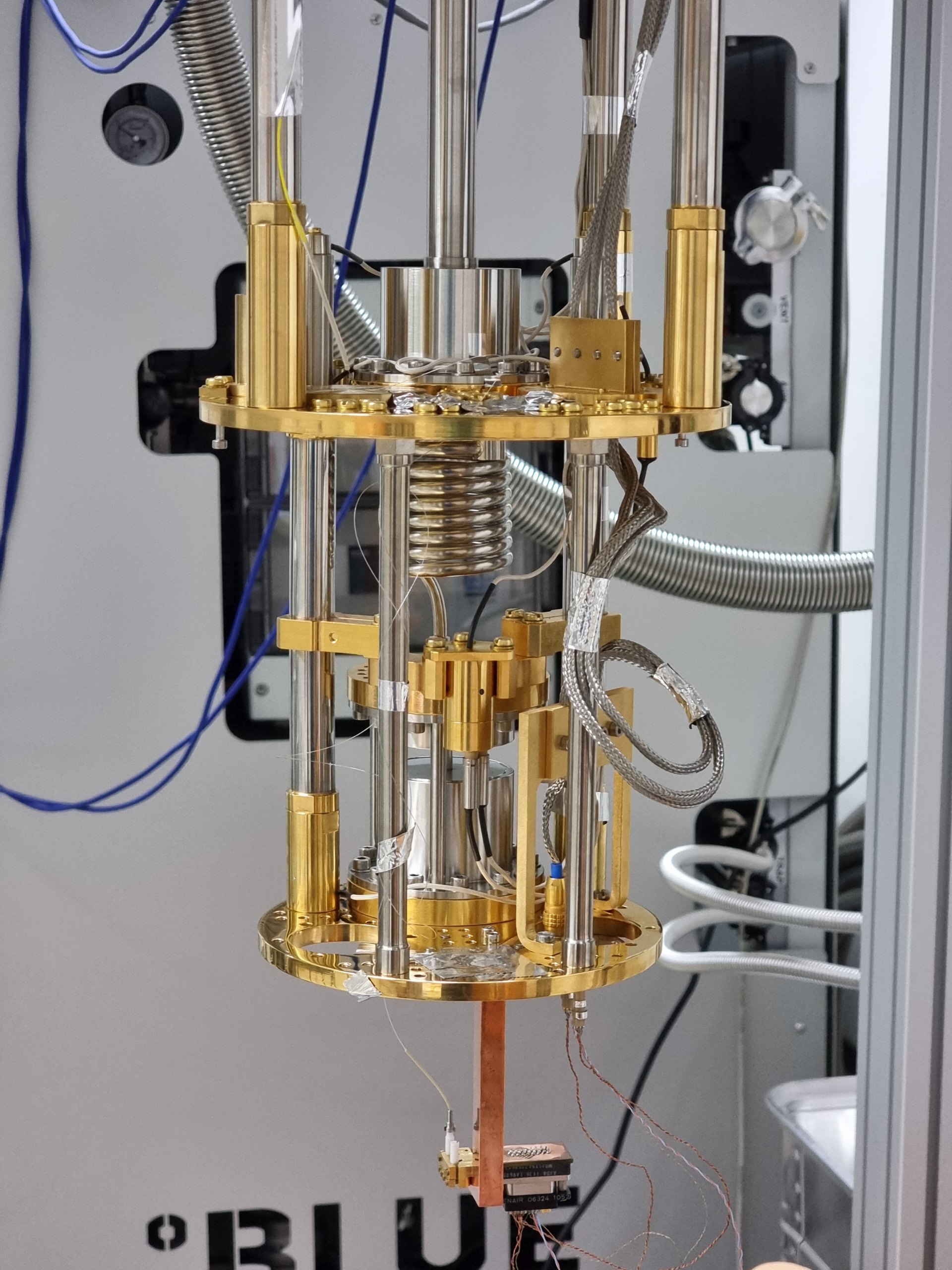First measurement of the even number photon distribution of a squeezed vacuum state

Quantum computers (QCs) promise to help us solve computationally expensive problems that are currently unattainable for classical computers— from the modeling of complicated atomic systems and viruses, to optimization of shipping routes. While there have been many advancements in quantum systems that can be used as quantum bits, or “qubits” for quantum computers, quantum error correction remains one of the biggest challenges to realizing practical quantum computers. For quantum error correction in continuous-variable (CV) optical quantum computers, it will be necessary to perform displacement operations depending on the number of photons arriving, that is, to realize so-called “Gottesman-Kitaev-Preskill” (GKP) states. While these GKP states have been researched extensively in theoretical works, they have never been realized experimentally in optical quantum computers. In this Seed Project, we lay the groundwork for the first measurement of the even number photon distribution of a squeezed vacuum state, which has not been measured beyond 1 pair, and is the first step to realizing GKP states. We will accomplish this by using the Transition Edge Sensor (TES) single-photon detector of the ALPS II experiment at DESY. Squeezed vacuum states will be realized with squeezer systems developed by the group of Prof. Dr. Roman Schnabel at UHH. In the Seed Project period, we will determine the feasibility of using a TES detector for this purpose. We will use pulse shapers and a low squeeze factor to reduce the average rate of photon pairs incident on the TES. If the TES is deemed viable, in the future the squeezed vacuum state will be narrowband filtered to then allow large squeeze factors and higher order photon pairs without saturating the TES, as required for continuous variable optical quantum computing.




